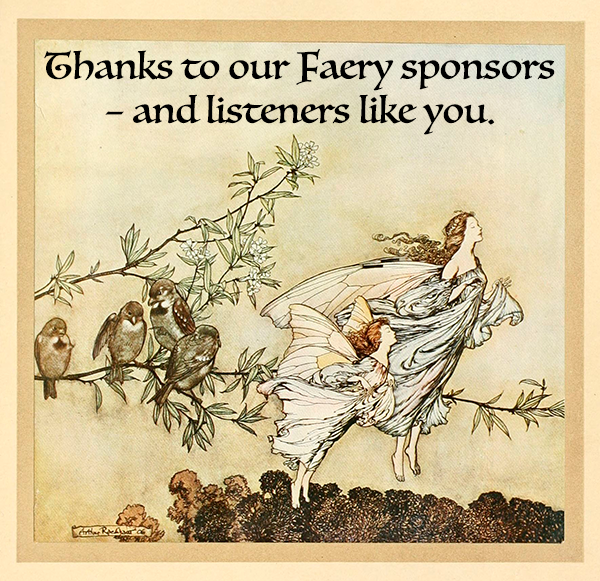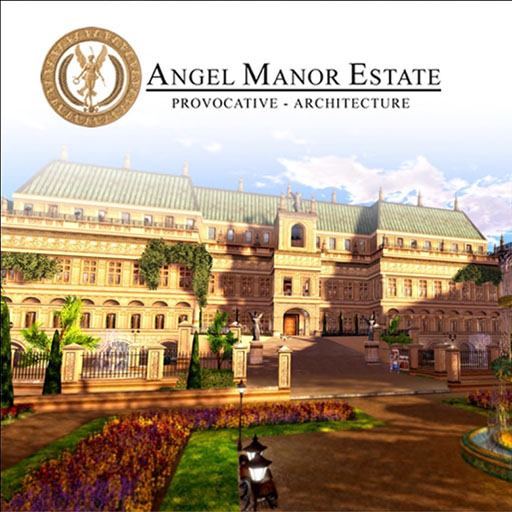Music for Shakespeare
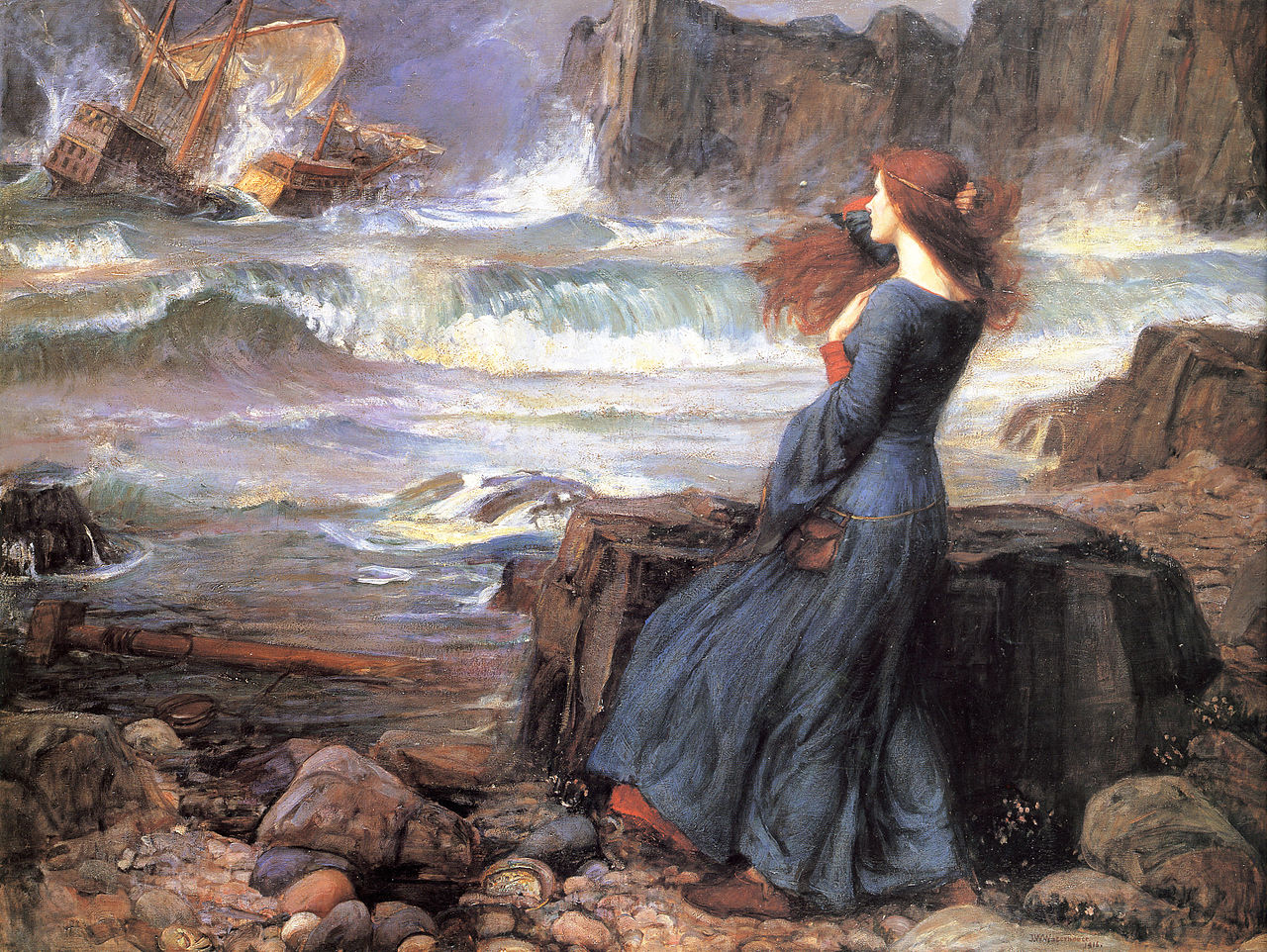
Today we are presenting a programme of music written to accompany, or inspired by, the plays of William Shakespeare. In addition we hope to give you a feeling for the world of the Elizabethan and Jacobean theatre, with the help of recreations of the atmosphere of plays and playgoing at the time.
The programme includes music from the Elizabethan period to the present, with a wealth of classical material as well as Early Music (some of it performed by the players and musicians of the reconstructed Shakespeare’s Globe Theatre in Bankside, London) and some modern examples such as the Third Ear Band’s music for Polanski’s film of Macbeth.
Though a great deal has been written about the original Globe Theatre, closely associated with Shakespeare and built in Southwark in 1599, in fact we can only guess at exactly what it looked like, especially on the inside. One of the few illustrations we have from the period is of the Swan Theatre nearby, and as this was used for other purposes as well as the presentation of plays, we cannot be certain that the structure was the same. In both cases there was a proscenium stage jutting out into the centre of the “wooden ‘O’ ”, but in the case of the Swan this could be at least partially removed and the front may have been mounted on trestles. Was this the case at the Globe?
It seems likely that the Globe was in the form of an octagon about 100ft across, rather than round as is often shown. It could probably have accommodated 3,000 or so playgoers. In the centre was a circular yard or ground, from which the “groundlings”, for the price of a penny, could watch the play and into which the stage jutted out. Around this area were three tiers of seating. The building was in fact quite tall and the topmost seats — the “gods” — would have had quite a distant view of the stage.
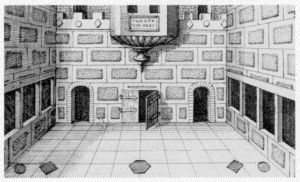
Robert Fludd: the Theatrum Mundi — the Theatre of the World
It has been suggested (by Dame Frances Yates, in Theatre of the World (1969) among others) that the layout of the Globe was inspired by the principles of the Roman architect Vitruvius and that its builders referred to classical works on the mystically harmonious aspects of architecture in the library of the Queen’s mage, Dr John Dee, at Mortlake. It is further suggested that the layout of the Globe may have inspired the Theatrum Mundi, or Theatre of the World, at the heart of Giordano Bruno’s Art of Memory, and that this latter may in fact give us a clearer picture of the layout of the theatre than anything else. Alchemist and writer Robert Fludd gives us the above illustration of the Theatrum Mundi.
The original Globe was owned by members of the troupe of players called The Lord Chamberlain’s Men (of which Shakespeare was a member), who each held initially about 12.5% shares in the operation, with the exception of Richard and Cuthbert Burbage who owned a controlling interest between them with twice as many shares. Much of the materials for the Globe were drawn from their father’s venture The Theatre in Shoreditch – the remains of which were discovered recently, appropriately enough during the building work for a new theatre. The original Globe burned down in 1613 but was rebuilt the following year and remained in operation until 1642, when it was closed down by the Puritans.
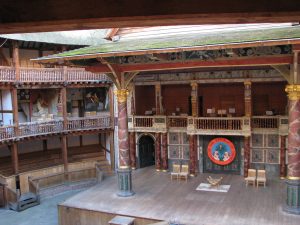
“UK — 32 — Globe Theatre” by mckaysavage is licensed under CC BY 2.0
A modern recreation of the Globe was built nearby and opened in 1997.
“Then our play’s begun
When we are borne, and to the world first enter,
And all find exits when their parts are done.
If then the world a theatre present,
As by the roundnesse it appears most fit,
Built with starre galleries of hye ascent,
In which Jehove doth as spectator sit,
And chief determiner to applaud the best,
And their endeavours crowne with more than merit;
but by their evil actions doomes the rest
To end distrac’t, whilst others praise inherit;
He that denys then theatres should be
He may as well deny a world to me.”
—Thomas Heywood, An Apology to Actors (1612)
Main illustration: Miranda — The Tempest by John Waterhouse








